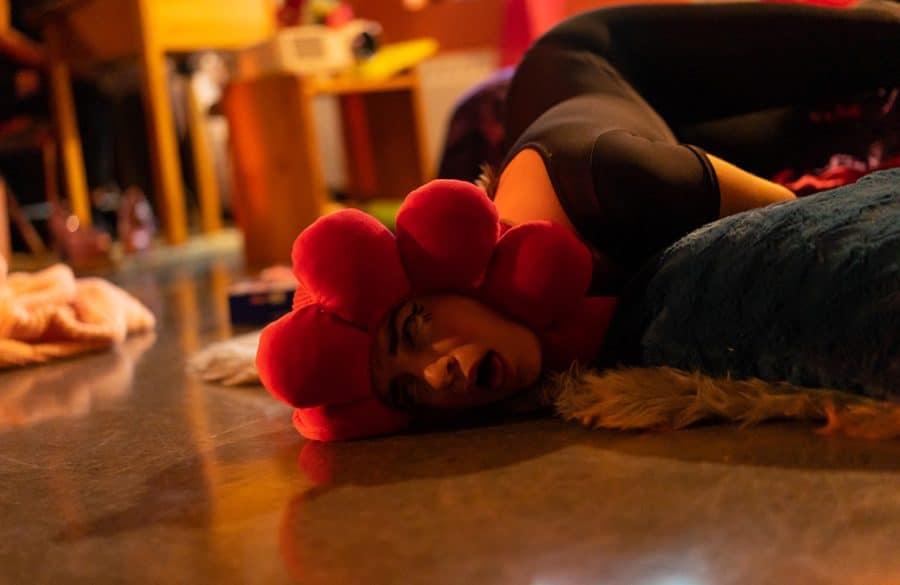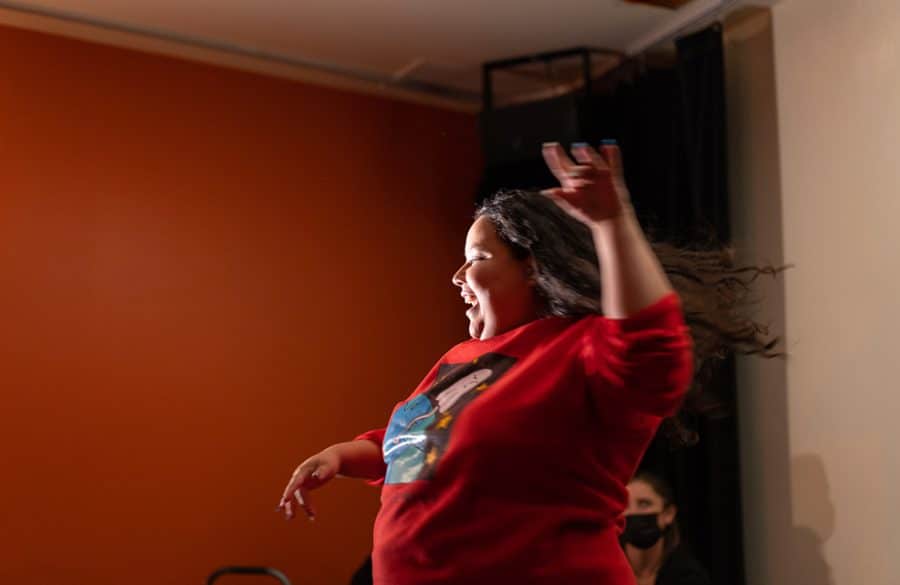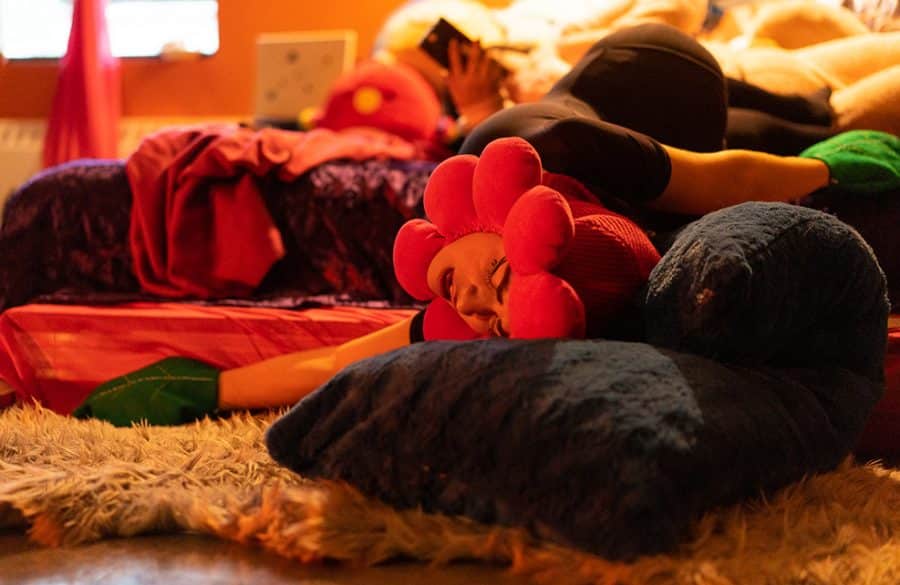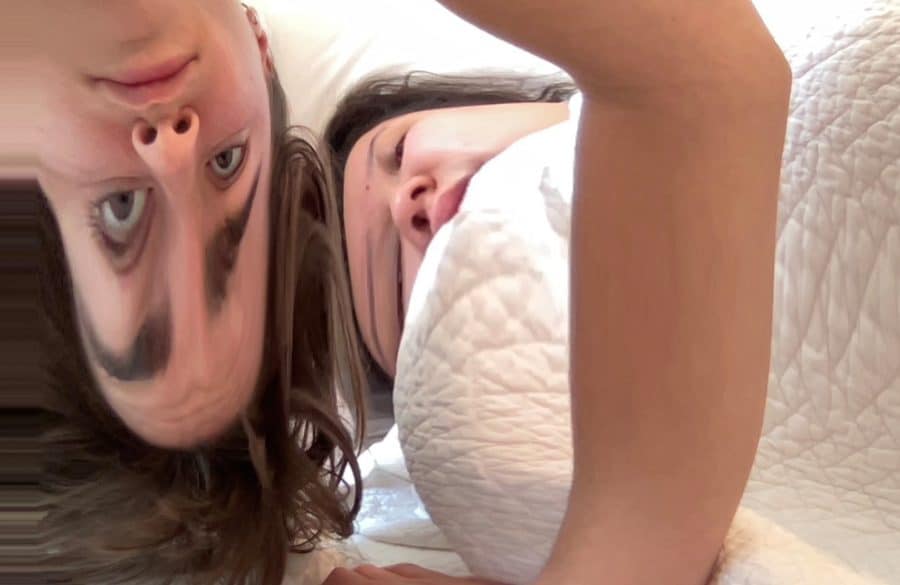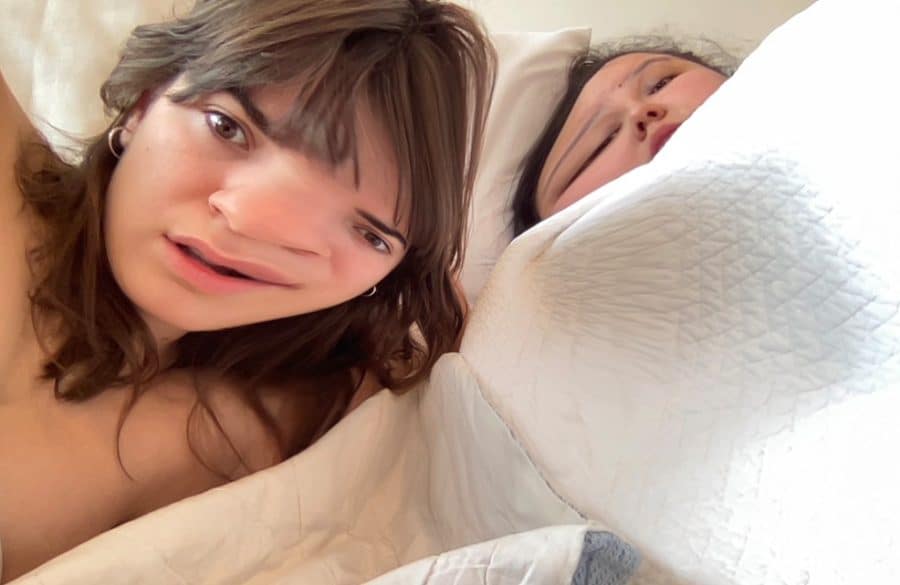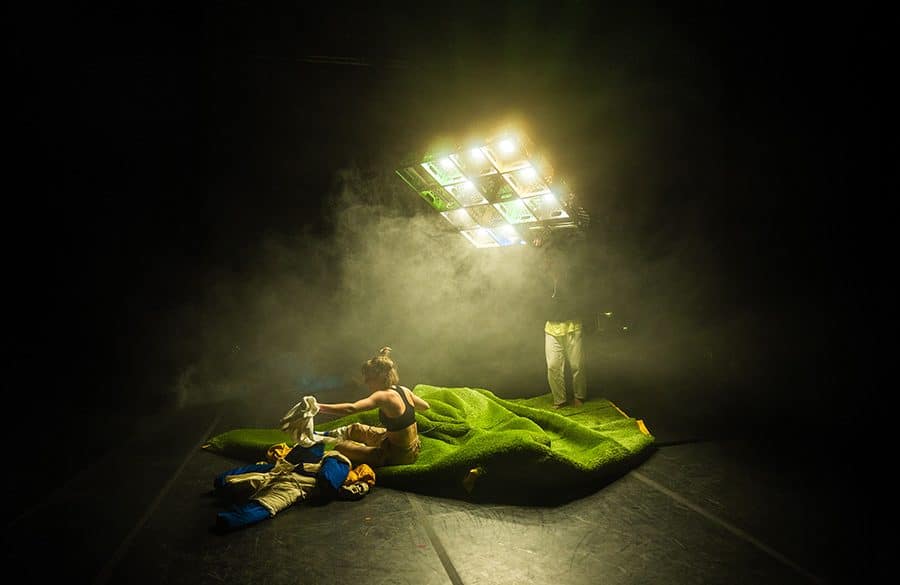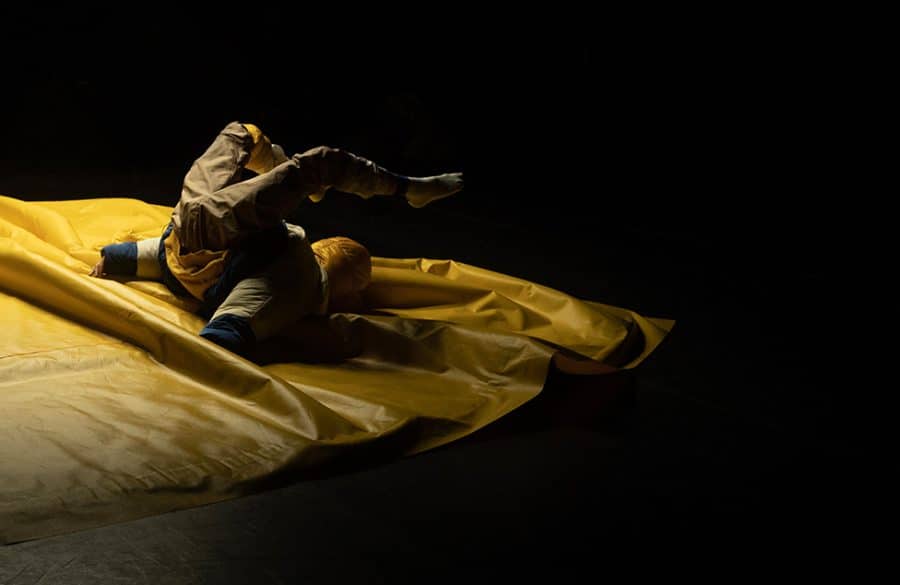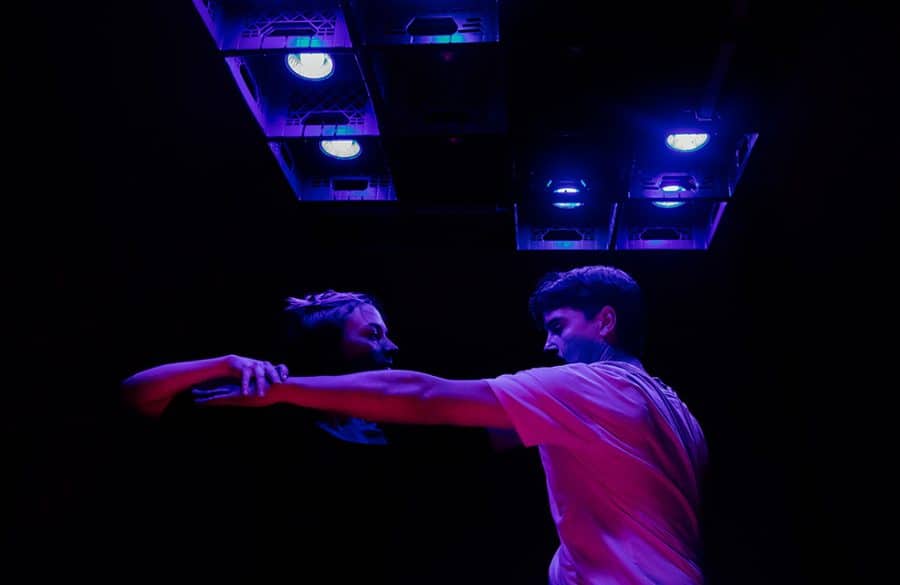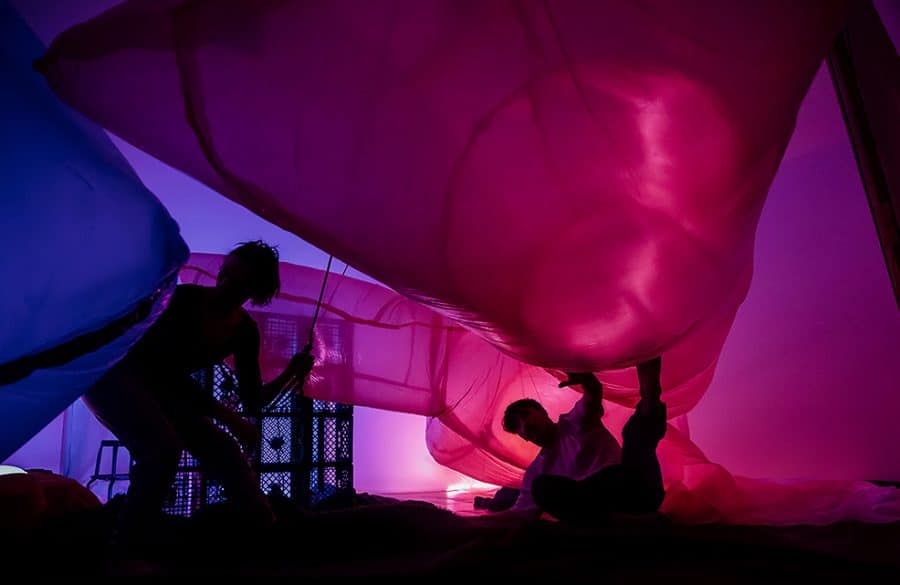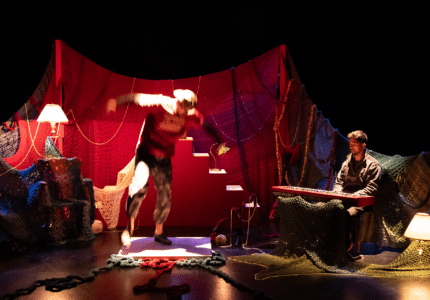Double bill
The Chita Project + Théâtre Fille Unique
ÉDIFICE WILDER | Espace Orange
October 3-5, 2024 - 7pm
October 6, 2024 - 4pm
Discussion with the artists on October 4
Théâtre Fille Unique
La rencontre
Two entities float and wander in a space that may resemble paradise, but not quite. One has just arrived, the other has been there for who knows how long. In this vast and senseless space, one can find solace or desire to escape. The other might be the solution, comfort, but can quickly become an obstacle, or even the enemy.
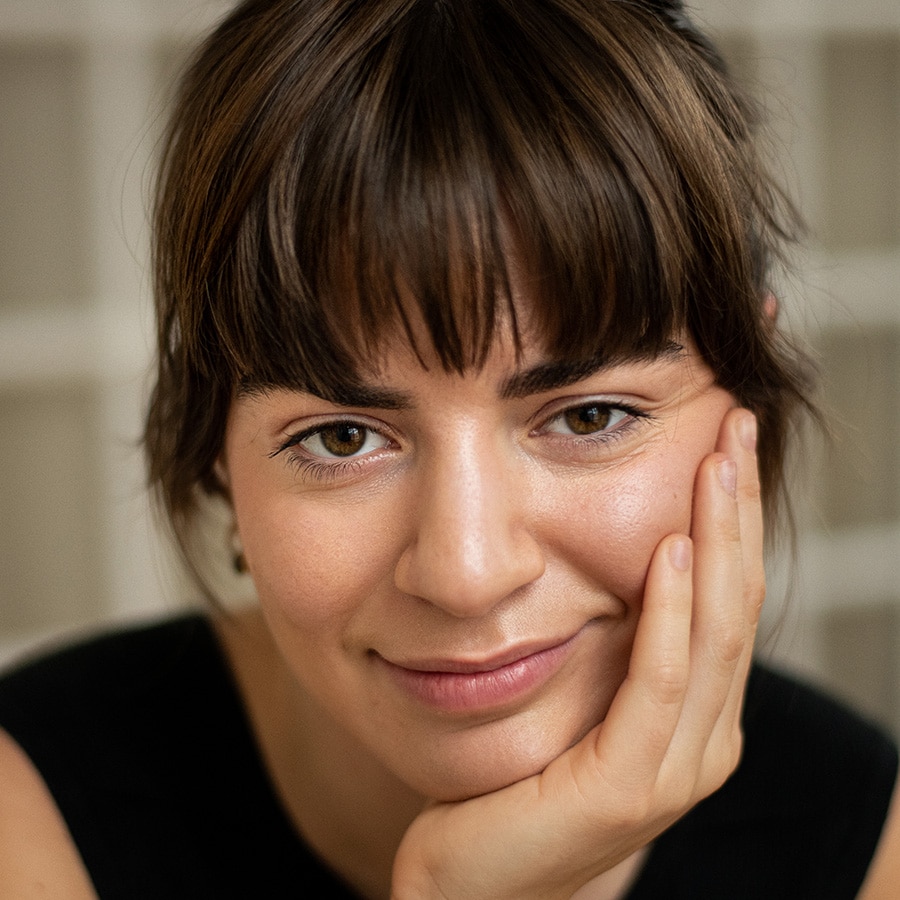
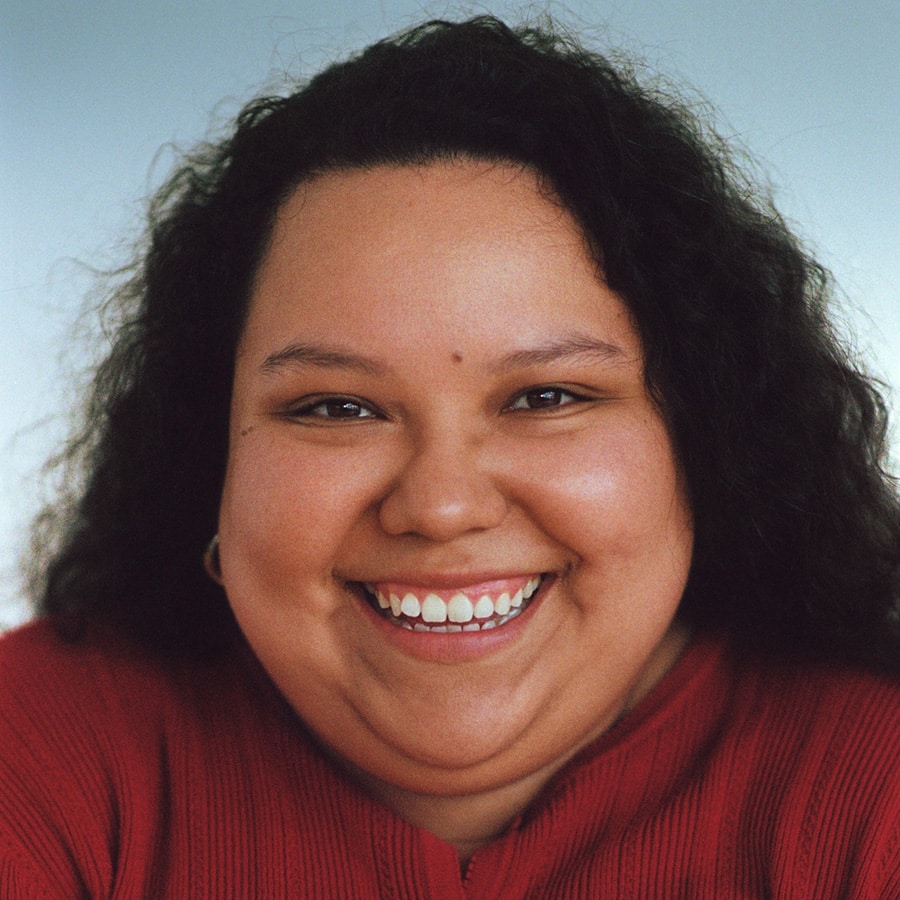
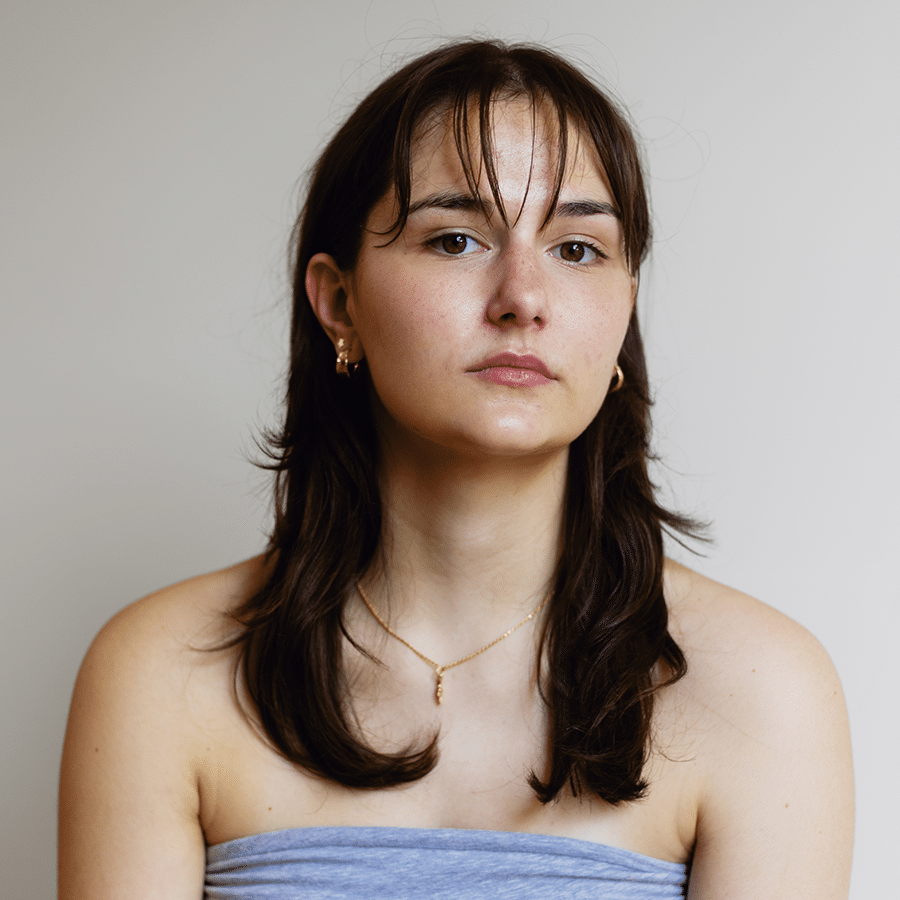
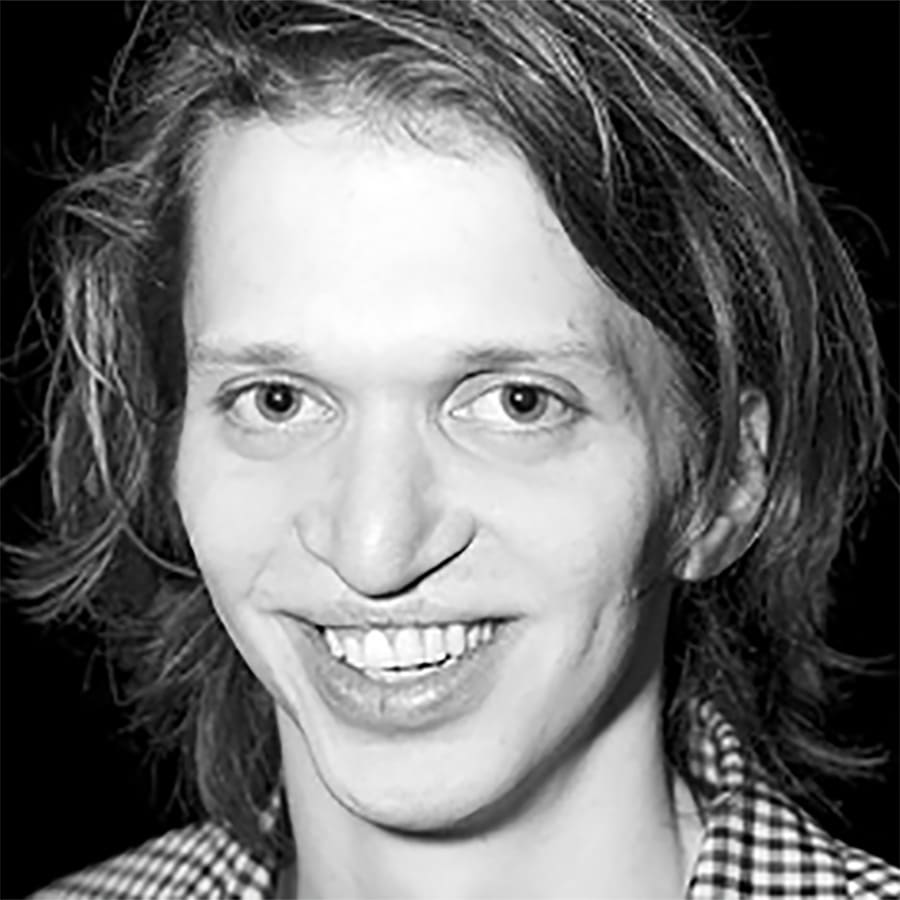
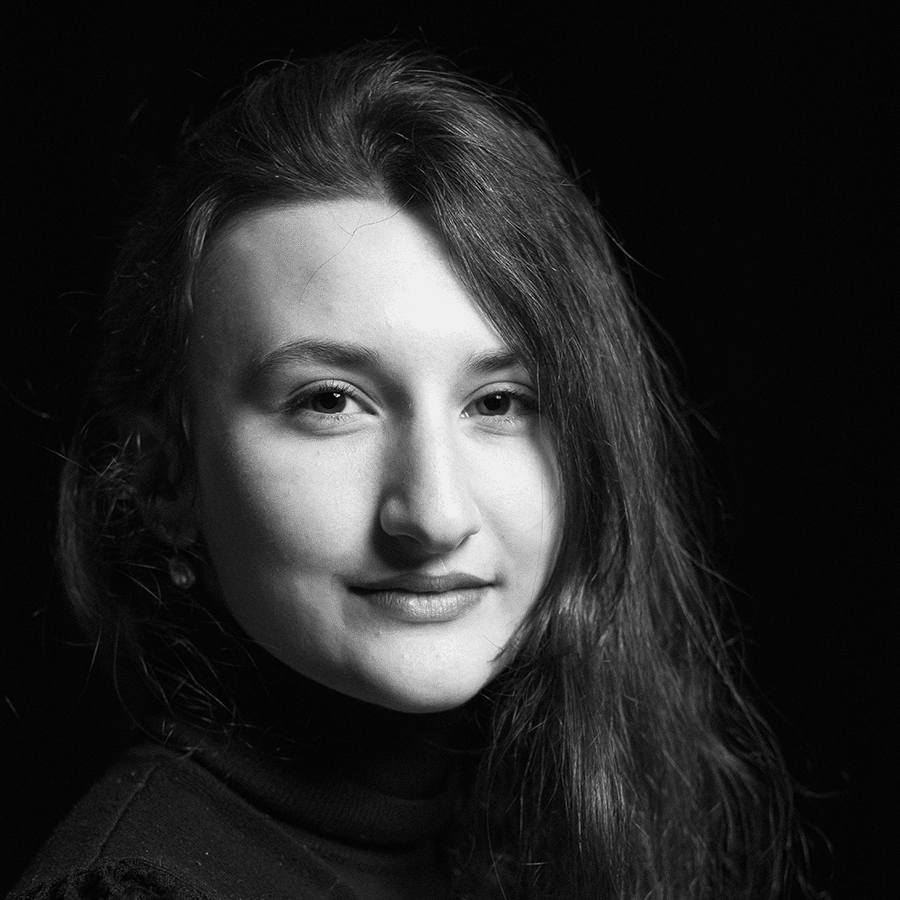
Residency Espace Libre
This project was supported by the Conseil des arts de Montréal and the Caisse Desjardins de la Culture as part of our “Donnez un coup de pouce, déplacez une montagne!” crowdfunding project on the La Ruche platform, a Tangente partner.
A graduate of École de théâtre professionnel du Collège Lionel-Groulx in Stage Performance in 2022, Marie Reid, along with Melania, establishes the collective FILLE UNIQUE. In 2022, they participate in a research-creation within the framework of VOUS ÊTES ICI / YOU ARE HERE and they get a residency at Les Écuries for the 2023-2024 season. Shortly after leaving school, she has the opportunity to take the stage in 2022 with Théâtre de l’Opsis in the production Sucré Seize and at Petit Théâtre du Nord as part of Les Veillées Festives. She then performs in La vraisemblable histoire d’Henri VI, a solo produced by Théâtre des Béloufilles. She will be part of the cast of the upcoming production by Théâtre le Clou and plays a leading role in the debut feature film by Alexa-Jeanne Dubé, Sucré Seize: symphonie pour adolescentes.
A graduate of the professional theatre school at Collège Lionel-Groulx, Melania Maria Balmaceda Venegas is a Latin American actress. With a Bachelor’s degree in Theatre Studies, theatre is her greatest passion. A versatile actress who is not afraid of being ridiculous, she is a creator who likes to venture off the beaten path. She enjoys everything sharp, committed, and absurd. She is ready to take on any challenges that come her way. In her free time, she likes to sing, dance, and write. Her identity is a significant source of inspiration in her creative process: being Latin American and born in Québec, she has immersed herself in two languages and two completely different cultures. This blend colours her frame of reference and character; she is a quiet force burning with passion for everything she undertakes. This also makes her a sensitive actress capable of great empathy and kindness.
As a young multidisciplinary artist, Julianne LeBel sparkles with energy but, above all, with determination. The stage is where she feels most alive and free, a sentiment she has had since childhood. Julianne begins her career on stage as a ballerina but decides to redirect herself after an injury that puts an end to her future in ballet. After three years of studying theatre production (with a focus on sets and costumes), Julianne makes her grand entrance into the field. Since then, she seeks to make the stage space, although static, not only serve movement but also resonate with it, thereby multiplying its strength. During her journey, she crosses paths with the FILLE UNIQUE collective, with whom she participates in the 2022 edition of VOUS ÊTES ICI / YOU ARE HERE. This marks the beginning of an inspiring collaboration among three young women who are passionate about theatre and who find self-derision therapeutic. For Julianne, the stage is a world of endless possibilities and she wants to fully express her passion there.
Arthur Champagne has been passionate about sound and music for 16 years already. After pursuing studies in multimedia arts, Arthur decides to further his passion for sound at the National Theatre School. There, he deepens his interest in design (sound and lighting) by working with mentors such as Ludovic Bonnier, Louis Dufort, Nicolas Basque, and Guy Simard, as well as collaborating with directors of various genres, from Soleil Launière to Denis Marleau. Since then, he has been involved in a variety of sound designs, ranging from dance (Magnetikae) to theatre (Nous sommes les enfants du hangover 95, Ne faites pas honte à votre siècle: Immergez, Catastrophe et autres dramaticules) and performance (Sheuetam, Le magasin ferme). He is particularly interested in the deconstruction of sound and visual spaces. New technologies are always a source of discovery in his work.
Sensitive to immersive and multisensory experiences, driven by a thirst for creative sharing, Lauriane Cuello is drawn to the field of visual arts. Currently working in Montréal, she fully dedicates herself to creating experiential atmospheres through scenographic mediums such as spatial and lighting design. She enriches her creations with the standards of museum settings, draws inspiration from modern technologies, and notably practices canvas painting. Her involvement with LightFactor has led her to design lighting for museum and architectural settings, including exhibitions at the McCord Stewart Museum in Montréal. This focus refines her language as an artist, directing her attention to moving bodies – both spectators and performers – in various perspectives, including dance and immersive experiences. Her imagination, precision, and social skills shine through in artistic collaborations such as Chevtchenko (2023), produced by Guillaume Chapnick and the Centre du Théâtre d’Aujourd’hui, for which she designs the lighting and scenography.
Our work is a perpetual laboratory where we seek to reconcile the need to be unique with the desire to be part of the “gang”. Our explorations are guided by our impulses, buried desires, and creation fantasies. These fantasies are what we wouldn’t allow ourselves to do elsewhere (except in our privacy), such as a long uncomfortable moment of almost nothing happening, or a drum solo on our chests. We aim to connect with the audience through various methods borrowed from performance art, theatre, dance, and the absurdist movement. We hope to feel understood, striving for the audience to recognize themselves in our universe, which addresses existential themes like boredom, loneliness, the need for community, recognition, self-love, etc.
The Chita Project
La chose-en-soi
The floor collapses, the music bends, images sweat, and bodies swell until the stage bursts open. Here you find La-chose-en-soi. This “thing-in-itself” could be a boxing ring, a playground, a basement, a gas station in the middle of nowhere. What is space made of? What are we made of? Bodies overflow with questions, with desires: to play, to mingle with that of another; a thirst for intimacy. In a DIY scenography made from everyday objects, the two performers create a space for themselves, the materialization of their internal landscape. The audience is invited to get lost in the manoeuvres and experiments of La chose-en-soi.
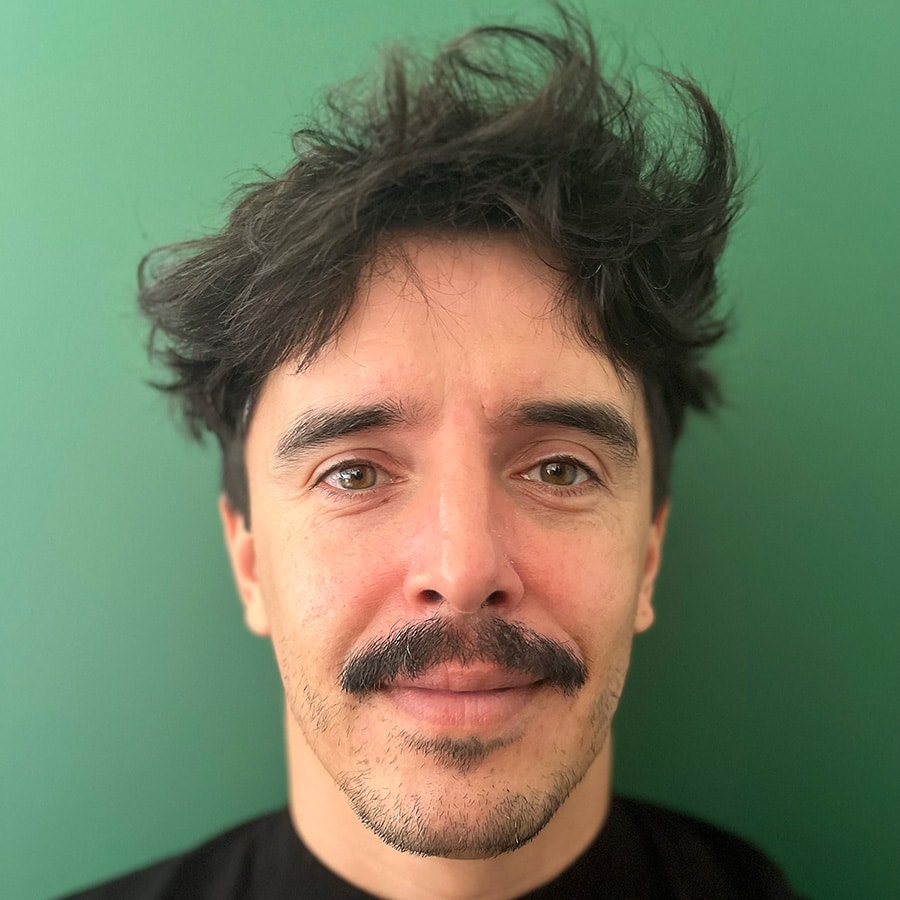
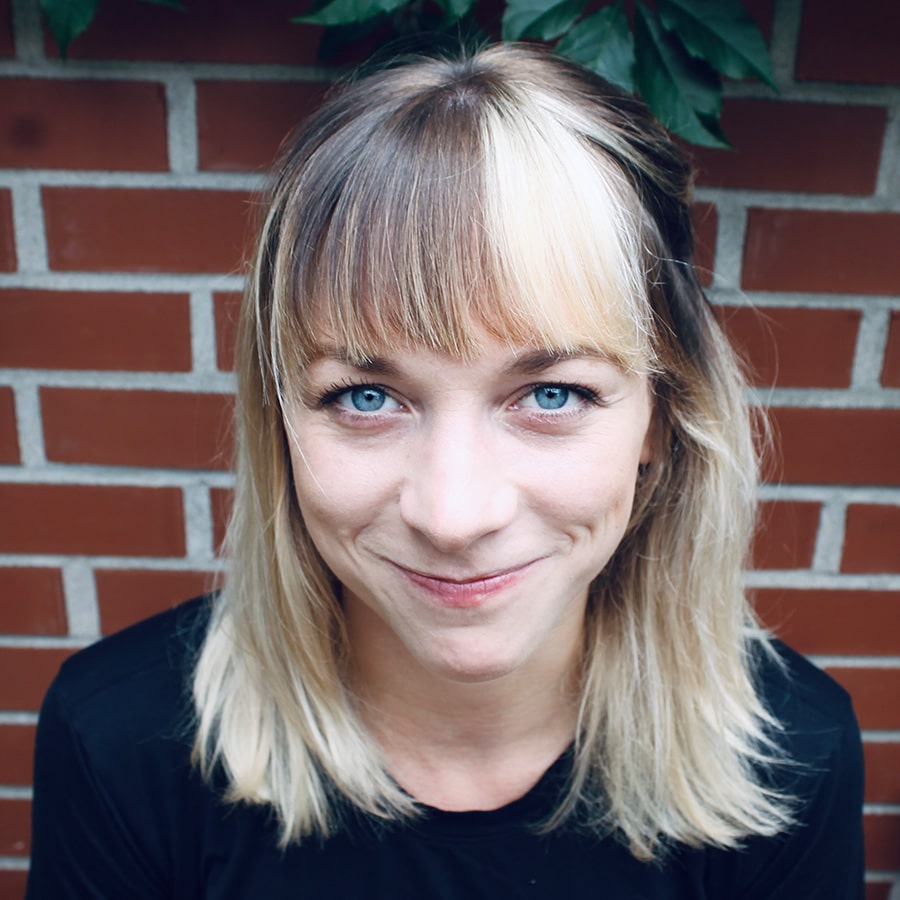
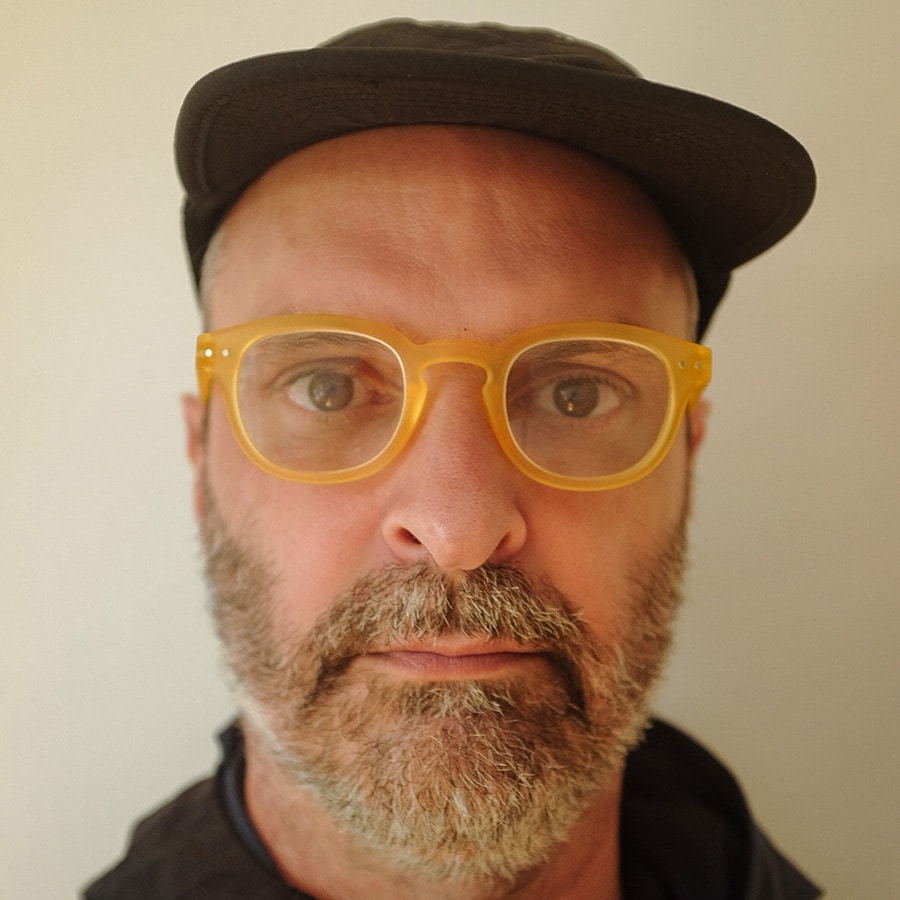
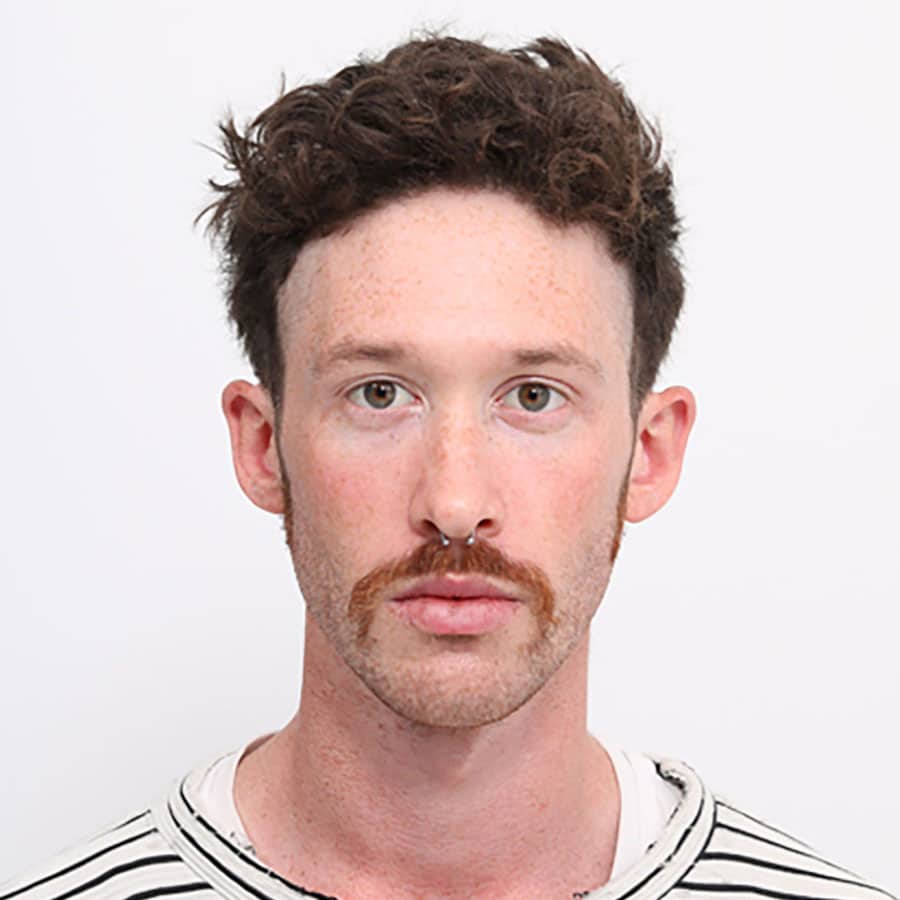
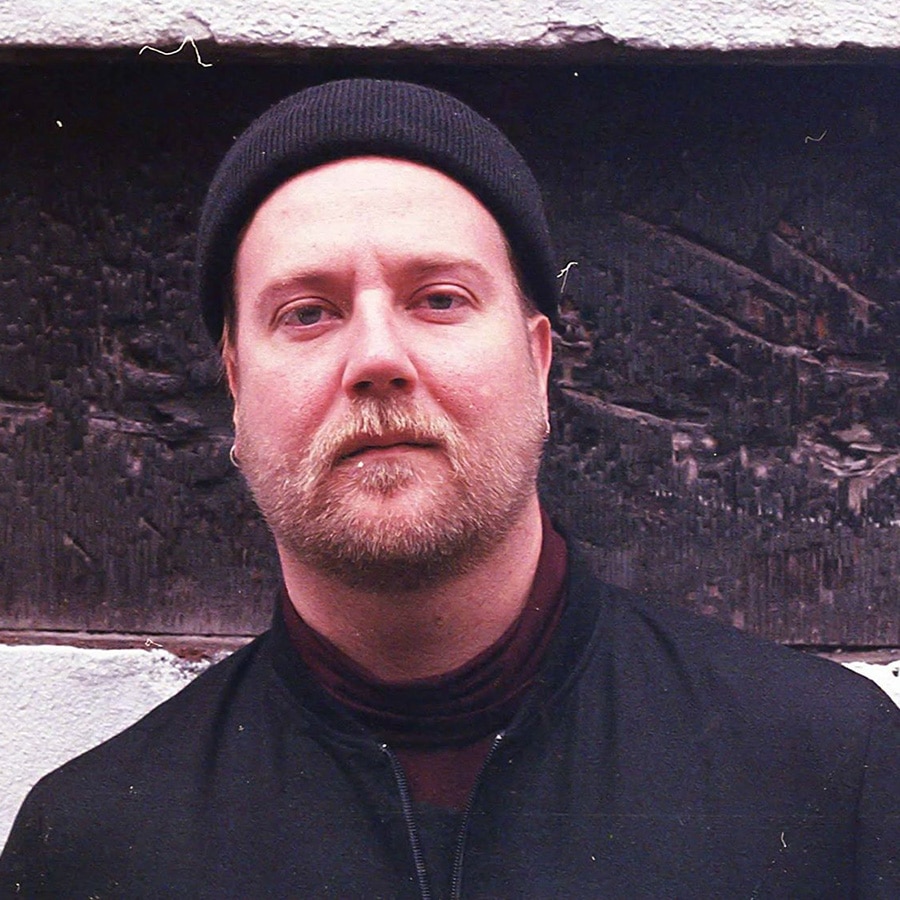
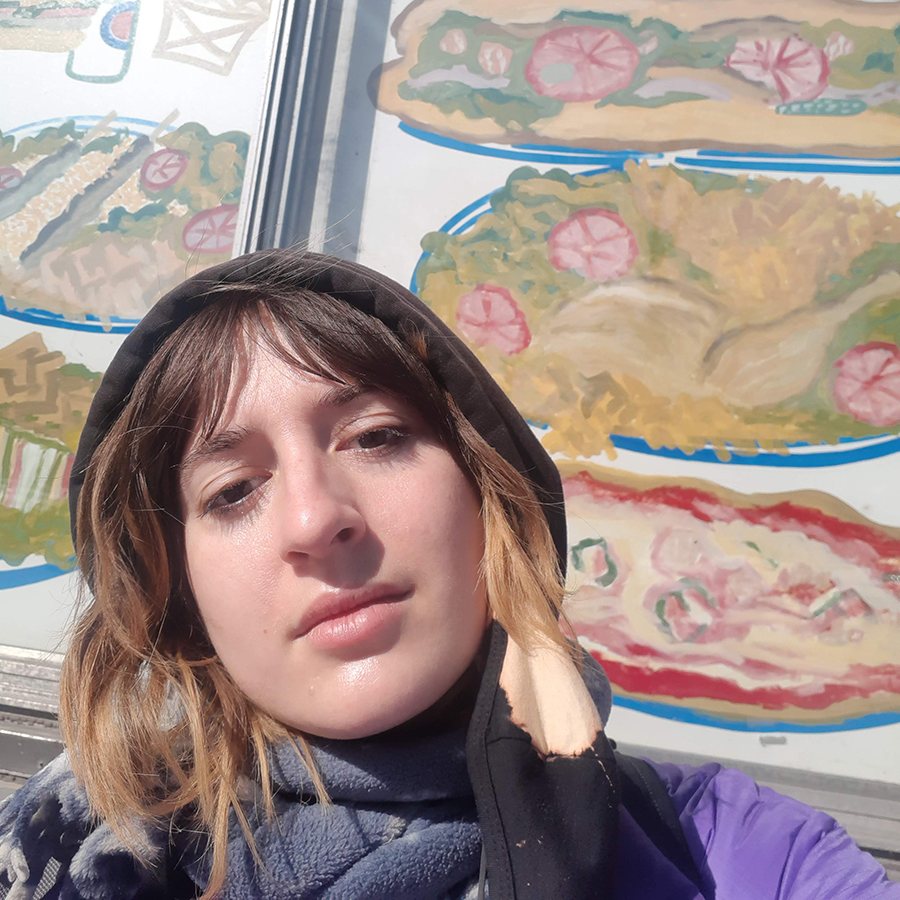
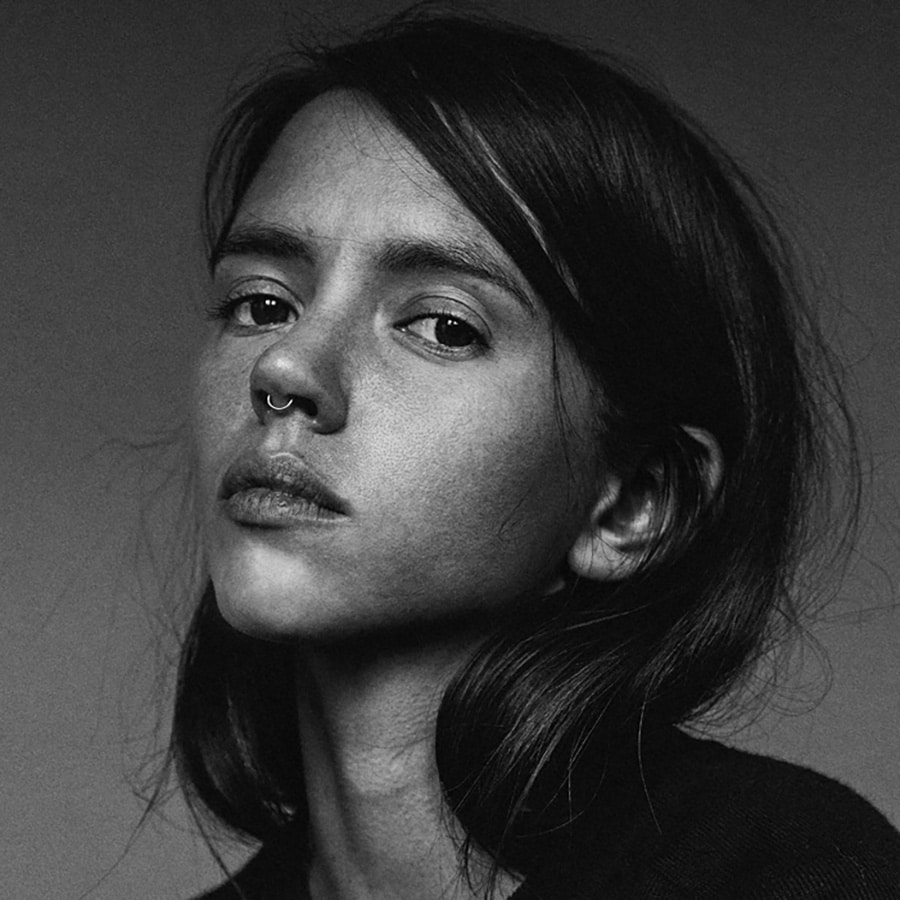
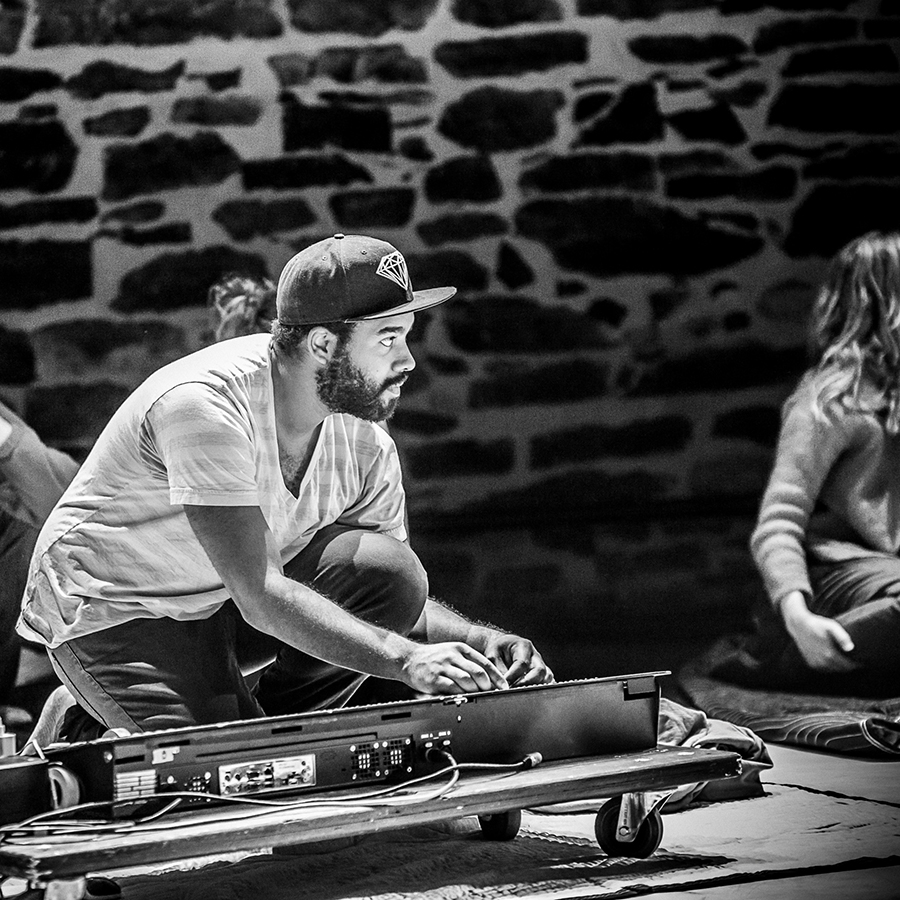
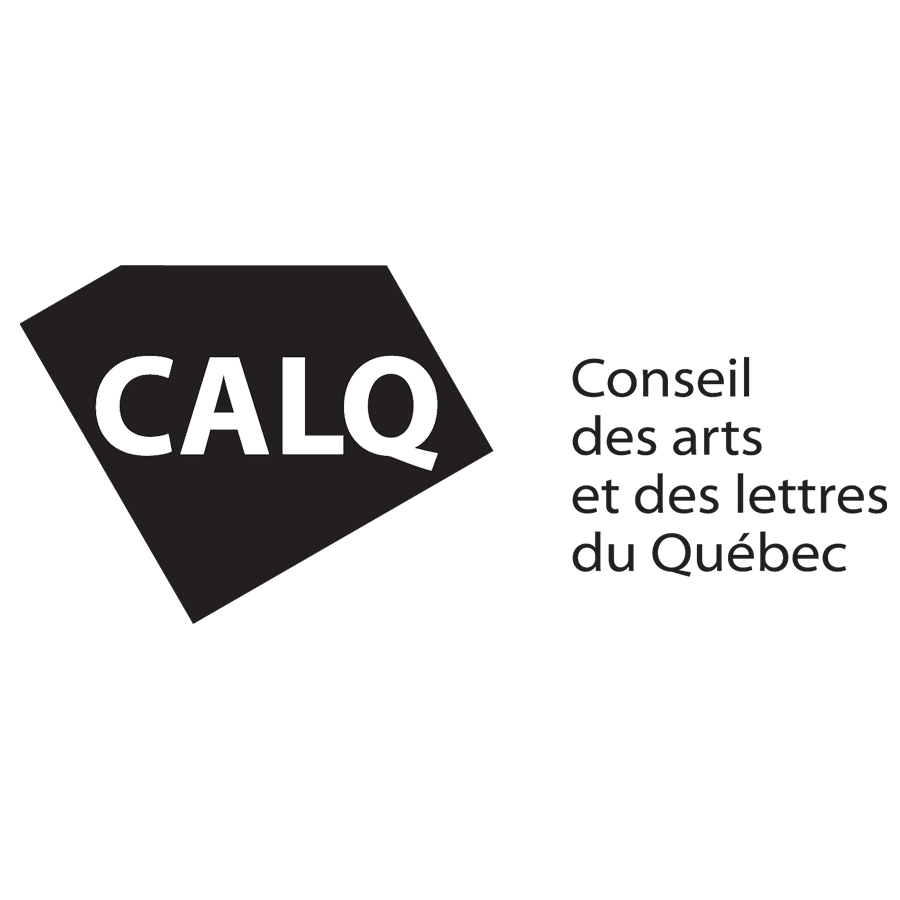
Financial support Conseil des arts et des lettres du Québec, Conseil des arts de Montréal, Canada Council for the Arts
Residencies The 7 Fingers, D’Arts et de rêves, TOHU, Studios solidaires/Diagramme – gestion culturelle
Pablo Pramparo, born in 1985 in Córdoba, Argentina, is a multidisciplinary circus artist based in Montréal (Tiohtià:ke). A graduate of the professional circus program at the school La Arena, specializing in juggling and partnering work, he also holds a degree in Visual Arts from the Libero Pierini School of Fine Arts. His practice focuses on the exploration of the kinetic and creative potential of the body, as well as the sensitive relationship between the performer and the object. Pablo is interested in mantras, loops, spirals and layering as essential means of exploration in his approach to circus work and artistic research. While continuing to work as a professional circus artist with internationally renowned companies, his current focus is on The Chita Project, a duo he formed with Anna Kichtchenko in 2019.
Anna Kichtchenko is a multidisciplinary circus artist based in Montréal (Tiohtià:ke). Graduate of École nationale de cirque, her background in aerial acrobatics and contortion remains a strong influence when researching and creating new work. Anna is curious about paradoxes, parallels, ambiguity, composition, layers and how contemporary circus can be a multitude of expressions. While continuing to work as a professional circus artist with internationally renowned companies such as The 7 Fingers, Cirque du Soleil, Palazzo, and more, Anna is dedicated to The Chita Project, a performative duo initiated with artist Pablo Pramparo. Their practice aims to expand acrobatic virtuosity by seeking different physical approaches, focusing on the sensitive potentials of movement. The company’s first full length piece is called The Thing-in-Itself.
A singular artist, Nicolas Cantin creates choreographic environments in which he explores the multiple dramatic possibilities of movement. His universe oscillates between intimacy and wildness. He also occasionally performs for others. He also dabbles in circus through teaching and dramaturgy, and regularly engages in various collective projects, all of which share the commonality of navigating the boundaries of genres.
Sebastian Kann is a queer performance-maker and dramaturge based in Tiohtiá:ke/Montréal. Originally trained as an acrobat, his interdisciplinary choreographic work mixes dance, text, and theatrical media. Sebastian is particularly fascinated by movement improvisation in performance, and by the pressures and possibilities of the theatre space. Tracing the intersections of genre, style, desire, meaning, movement and embodiment through an eminently collaborative hybrid physical-theoretical practice, he aims at the production of performances that open space for ambivalence, in which what’s trippy about not knowing links bodies up to problems and their unpredictable trajectories.
Joël Lavoie is a composer, sound artist and sound engineer based in Montréal/Tiohtá:ke. His sonic explorations sail through the troubled water of the individual and collective subconscious. Evoking the themes of memories, the elsewhere and introspection, he encourages us to reconsider our environment through speculative soundscapes and subjective temporalities. His works take the shape of performances, installations, and recordings. Besides composition and sound design for theatre and dance, he pursues his career as a sound engineer, a practice that has brought him to apply his sonic visions to the performing arts. In 2023, he received a Félix award (ADISQ) for Live Sound of the Year.
An ex-archaeologist and scenographer torn between her Laval childhood rocked by the red light of the Boulevard des Laurentides and an unassuming maturity fueled by organic corn bread with strong cheddar, Audrée Lewka is interested in the coexistence of banality and mysticism. Through movement, space and costumes, she uses our imagination and peculiarities to create worlds that feel absurd yet familiar. Poneyboyz (Danses Buissonnières 2018, OFFTA 2019, EDANCO 2020) and Dousse nuit, holey night (Tangente 2019) are her first creations as a choreographer. She has contributed as a scenographer and light designer to many projects, such as Le bal des lièvres (Salle Paul-Buissonneau 2019), Sous l’eau douce (Théâtre du Bic 2020), More Than Things (fabrik Potsdam festival 2020 + La Chapelle 2020), and Le Temps des fruits (Tangente 2021).
Camille Thibault-Bédard studied fashion design at LaSalle College Montréal, and started her career as a pattern maker and seamstress for various local designers, achieving excellence on a technical level. Since 2010, she has developed an expertise as a costume designer in connection with the arts of movement that are circus and dance. Her sensitivity and understanding of the human body in motion led her to participate in the production of costumes for major companies such as La La La Human Steps, Compagnie Marie Chouinard, Washington Ballet, Cirque Éloize, The 7 Fingers, James Viveiros, Machine de Cirque, Jason Martin, Projet Sanctuaire, Kimberley de Jong, and Caroline Laurin-Beaucage.
Paul Chambers is a Montréal-based lighting designer, visual artist, educator, and co-artistic director of the CHA collective. Paul Chambers holds a BFA (Sculpture) from Concordia University and a degree in Theatre Production (lighting, costume, and stage design) from John Abbott College. He works with artists from different disciplines, but collaborating on new dance and performance works remains a priority for him. From 2008 to 2013, he is Tangente’s technical director. He teaches in Concordia University’s Department of Contemporary Dance and at the National Theatre School of Canada. In 2022, Paul receives the Prix de la Danse de Montréal and a META award.
As circus artists, we were initially searching for new ways to relate to movement in partner work and enrich our acrobatic vocabulary. We turned to martial arts practices, investigating the mechanics of bodies, grabs, maneuvers, contact, and counterweights through a practice of loops and repetition. The physical language brought us to address the inherent ambiguity, vulnerability, intimacy and tension that emerged from positions and movements. We were also put face to face with martial arts as a collection of meaningful gestures and as a format for organizing space and time (the ring, the timed match, and so forth). We imagined artificial landscapes where different media such as sound, light and textures are juxtaposed and interact with physical movement. Ultimately, our desire is to generate a unique feeling of transparency and intimacy between the artists, the performance space and the audience, who is invited to examine the performance with sensitive and contemplative attention.


